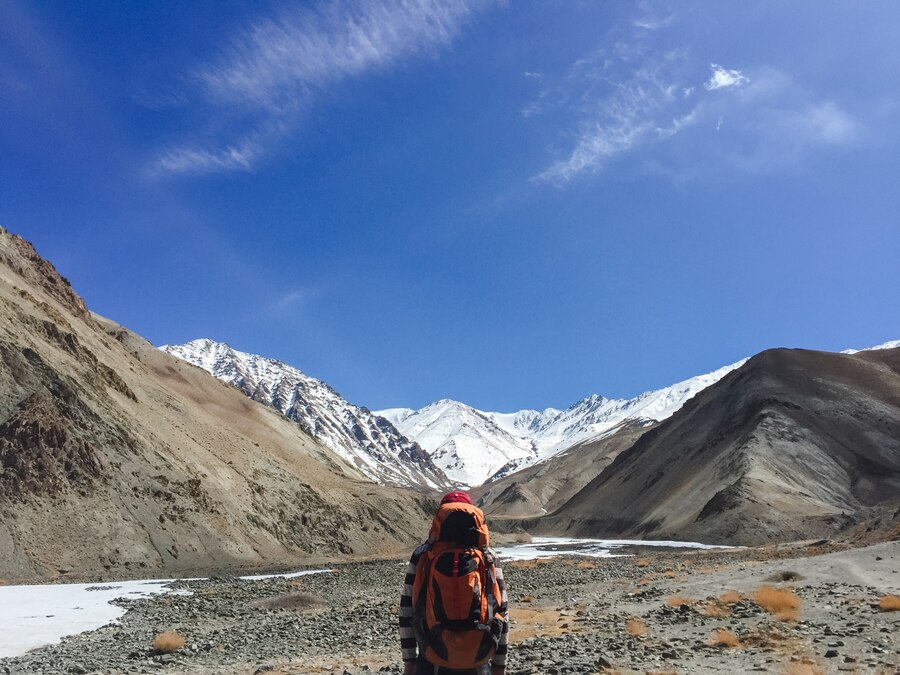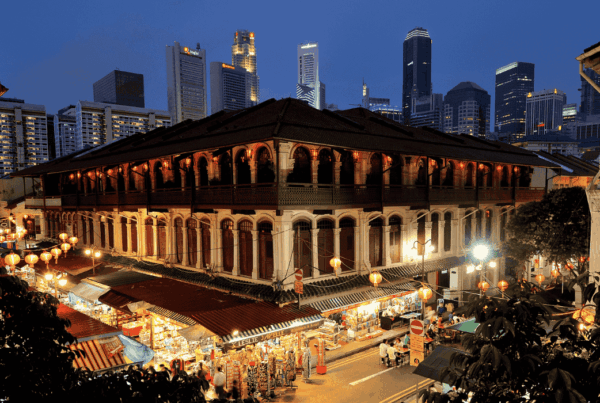Every year, a multitude of travelers eagerly plan their trips to Ladakh, drawn by its unique allure. Knowing the best time to visit is crucial for navigating Ladakh’s terrain and planning your trip effectively. The question of the Best Time to Visit Leh Ladakh invariably arises during the planning process, underscoring its significance for prospective visitors.
Embarking on a journey to Leh-Ladakh is a cherished dream for many, offering breathtaking vistas of hills and valleys. The adventure encompasses not only the thrill of exploration but also the challenge of braving the region’s unforgiving climate. The ruling royal family’s relocation to Stok Palace resulted in the abandonment of Leh Palace, marking a pivotal moment in the region’s history. Summers promise excitement and relative comfort, while winters present a more rugged and exhilarating experience.
The best time to visit Leh Ladakh varies depending on your preferences. In every season, Ladakh offers attractions from festivals to landscapes, ensuring visitors find enjoyment and adventure year-round.
Leh Main Market:-
The Leh Main Market is a labyrinth of narrow pathways and streets, each dedicated to a specific category of goods ranging from clothing, artifacts, spices, and food to souvenirs and handicrafts.
Among its renowned offerings, the market particularly celebrates its exquisite woolen garments.
Crafted by local artisans to combat the region’s cold climate, these handwoven creations have gained widespread popularity, becoming emblematic of Ladakhi craftsmanship.
Situated at the heart of the town, the market’s strategic location facilitates easy access to numerous nearby attractions such as the Jama Masjid, Leh Palace, Zorawar Fort, Hall of Fame, and Shanti Stupa. Whether one seeks artistically crafted Pashmina shawls, delectable dried fruits, or simply wishes to immerse themselves in the vibrant local culture, the Leh Market offers a diverse array of experiences to meet every expectation.
Shanti Stupa, Ladakh:-
Located atop a hill in Chanspa, within the Leh district of Ladakh, in northern India, the Shanti Stupa stands as a magnificent Buddhist white-domed monument (chorten). Constructed in 1991 under the guidance of Japanese Buddhist Bhikshu Gyomyo Nakamura, this iconic structure embodies a profound spiritual significance. Enshrined by the 14th Dalai Lama, the Stupa houses sacred relics of the Buddha at its base.
Beyond its religious importance, the Shanti Stupa has emerged as a notable tourist destination, drawing visitors with its serene ambiance and breathtaking vistas of the surrounding landscape. Its elevated position offers panoramic views, inviting contemplation and admiration of the natural beauty that envelops this sacred site.
Thikse Monastery:-
At the base of the hill lies the monastery precinct, featuring a spacious courtyard and serving as the gateway to the main monastery complex, which comprises one of the ten temples within the area. Towering twelve stories high, the main monastery is accessed via a flight of steps from the courtyard. Adorned with vibrant hues of red, ochre, and white, this architectural marvel accommodates a community of sixty lamas and includes two principal chambers, alongside an attached nunnery.
Constructed following the traditional Central Tibetan fort monastery design, akin to Likir and Rangdum monasteries, it exudes a sense of historical grandeur and spiritual significance. Offering commanding views of the Indus Valley flood plain in both the eastern and western directions, captivating panoramas encompass landmarks such as the gompa at Matho to the east, the majestic royal palace at Stok across the valley to the south, and the erstwhile royal palace at Shey to the west, treating visitors.
Leh Palace:-
Leh Palace, alternatively referred to as Lachen Palkar Palace, stands as a historic edifice perched above the vibrant city of Leh in the majestic region of Leh Ladakh, India. Its construction dates back to the year 1600, commissioned by Singay Namgyal, a prominent figure of that era. However, the palace witnessed a significant shift in its fortunes during the mid-19th century when the Dogra forces asserted control over Ladakh. The abandonment of Leh Palace resulted from the ruling royal family being compelled to relocate to Stok Palace, marking a pivotal moment in the region’s history.
Gurdwara Pathar Sahib:-
Gurdwara Pathar Sahib, a serene and revered place of worship, stands in honor of Guru Nanak, situated approximately 25 miles from Leh along the Leh-Kargil road, at an elevation of 12,000 feet above sea level. Erected in 1517, the Gurdwara commemorates Guru Nanak Dev’s visit to the Ladakh region, encapsulating the spiritual essence of Sikhism.
Throughout his lifetime, Guru Nanak embarked on numerous journeys, with one notable destination being Tibet. He is held in high esteem by Tibetan Buddhists, who regard him as a saint. The Dalai Lama, Tibetan Buddhism’s revered spiritual leader, has recognized Tibetans’ reverence for Guru Nanak as Guru Gompka Maharaj.
Pangong Tso:-
Pangong Tso, or Pangong Lake, spans eastern Ladakh and West Tibet, resting at an altitude of 4,225 meters. Stretching 134 kilometers (83 miles), it includes five sub-lakes: Pangong Tso, Tso Nyak, Rum Tso (twin lakes), and Nyak Tso. Approximately half of the lake extends into Tibet, China, while Ladakh, India, sits about 40% of it. The remaining 10% is subject to dispute, serving as a de facto buffer zone between India and China. Pangong Tso widens to 5 kilometers (3.1 miles) at its broadest, encompassing nearly 700 square kilometers in total. Despite being saline water, the lake freezes entirely during the winter months. Pangong Tso is geographically located in a landlocked basin, separated from the Indus River basin by a small ridge. However, some people believe that in prehistoric times, it may have had a connection to the Indus River basin.
Nubra Valley:-
Nubra, also called Dumra, is a historically important region in Ladakh, India, now a subdivision and tehsil in Leh district. Its inhabited areas are characterized by a tri-armed valley, intersected by the Nubra and Shyok rivers. The Tibetan name “Dumra” translates to “valley of flowers,” reflecting the region’s natural beauty. Calls for Nubra’s establishment as a separate district have surfaced, with suggestions from the BJP indicating potential consideration. The administrative center of Nubra is Diskit, 120 kilometers north of Leh, the capital of Ladakh.
The Shyok River and Nubra River merge, forming the Siachan River, creating a vast valley separating Ladakh and Karakoram Ranges. The Shyok River, a tributary of the Indus River, adds to the grandeur of this landscape. At over 10,000 feet above sea level, reaching this valley often means crossing the Khardung La Pass from Leh.
Conclusion:-
The best time to visit Leh Ladakh depends on your preferences and interests. Explore Leh Main Market and Shanti Stupa during June to September for a bustling experience amidst serenity.
In summer, warmer weather makes roads to Pangong Tso and Nubra Valley accessible, ideal for exploring popular tourist spots. For snowy landscapes, visit Leh from October to March. Some areas may have limited access due to heavy snowfall. Whether you choose to visit during the summer or winter, Ladakh promises unforgettable experiences and breathtaking vistas that will leave you mesmerized.







